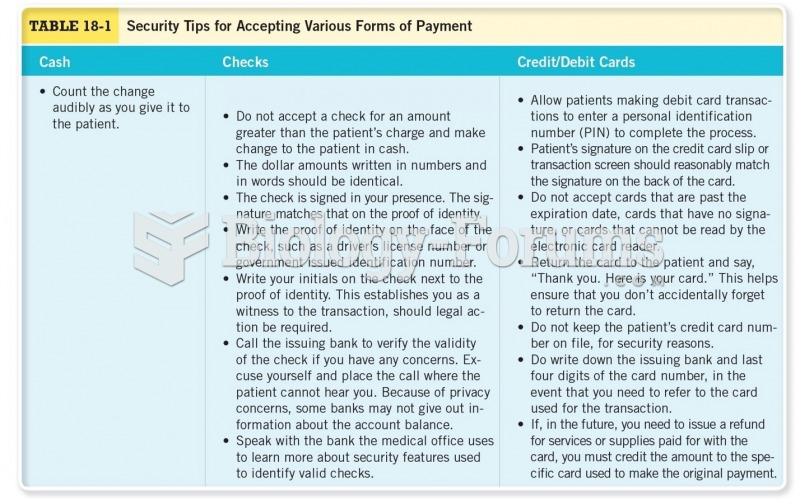Purchase-Money Security Interest. When a customer opens a credit-card account with Sears, Roebuck & Co, the customer fills out an application and sends it to Sears for review; if the application is approved, the customer receives a Sears card. The application contains a security agreement, a copy of which is also sent with the card. When a customer buys an item using the card, the customer signs a sales receipt that describes the merchandise and contains language granting Sears a purchase-money security interest (PMSI) in the merchandise. Dayna Conry bought a variety of consumer goods from Sears on her card. When she did not make payments on her account, Sears filed a suit against her in an Illinois state court to repossess the goods. Conry filed for bankruptcy and was granted a discharge. Sears then filed a suit against her to obtain possession of the goods through its PMSI, but it could not find Conry's credit-card application to offer into evidence. Is a signed Sears sales receipt sufficient proof of its security interest? In whose favor should the court rule? Explain.
Question 2
Karen has a history of drunk driving and has been convicted several times. The Pizza Parlor hires her as a delivery person, despite knowing her history. If Karen causes an accident while on the job because she has been drinking you would expect the courts to:
a. hold Karen liable, but not The Pizza Parlor since it was Karen's decision to drink and drive b. hold The Pizza Parlor liable for negligence in hiring
c. hold neither Karen nor The Pizza Parlor liable
d. hold The Pizza Parlor liable for negligence in hiring or not, depending on the state e. none of the other choices are correct







